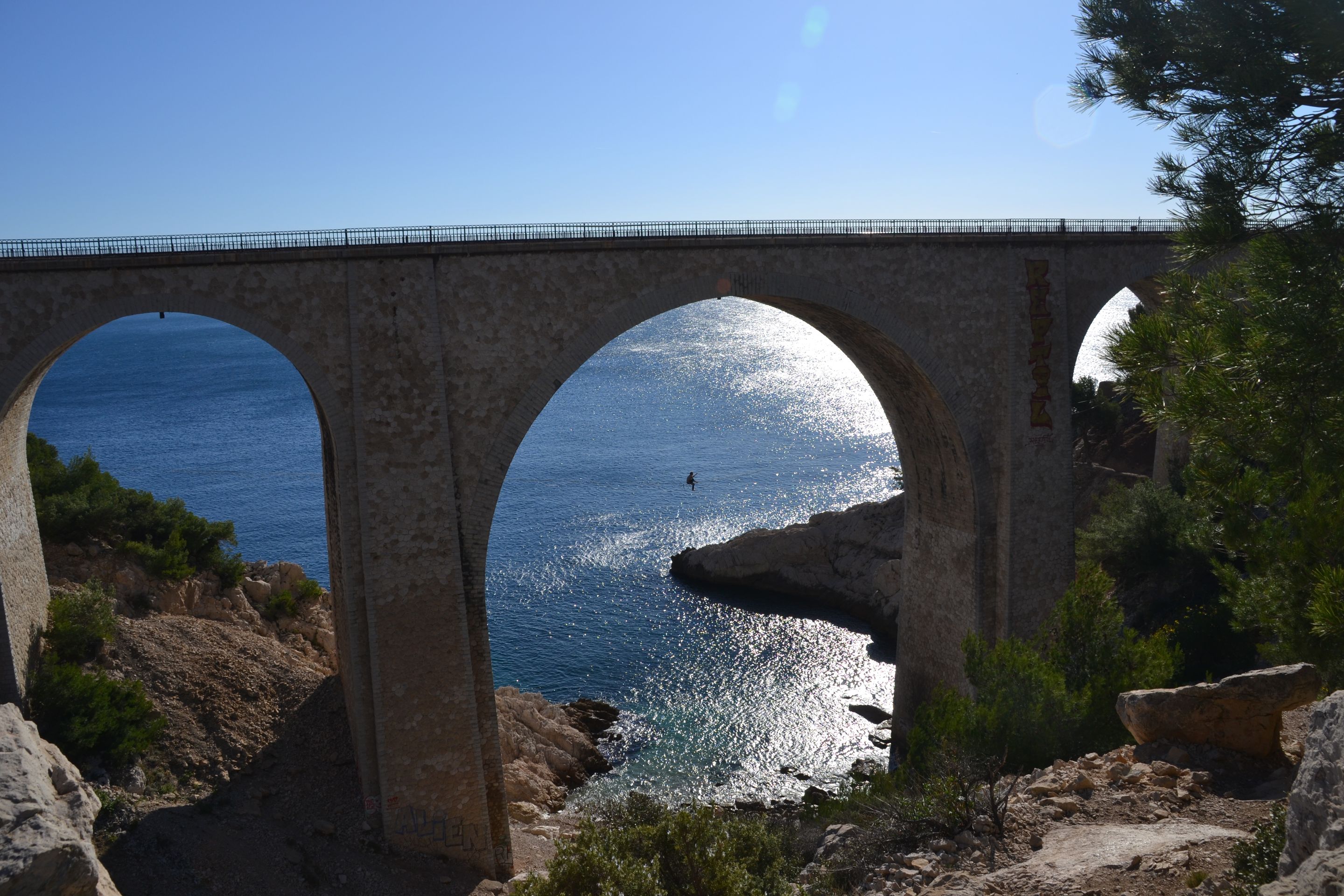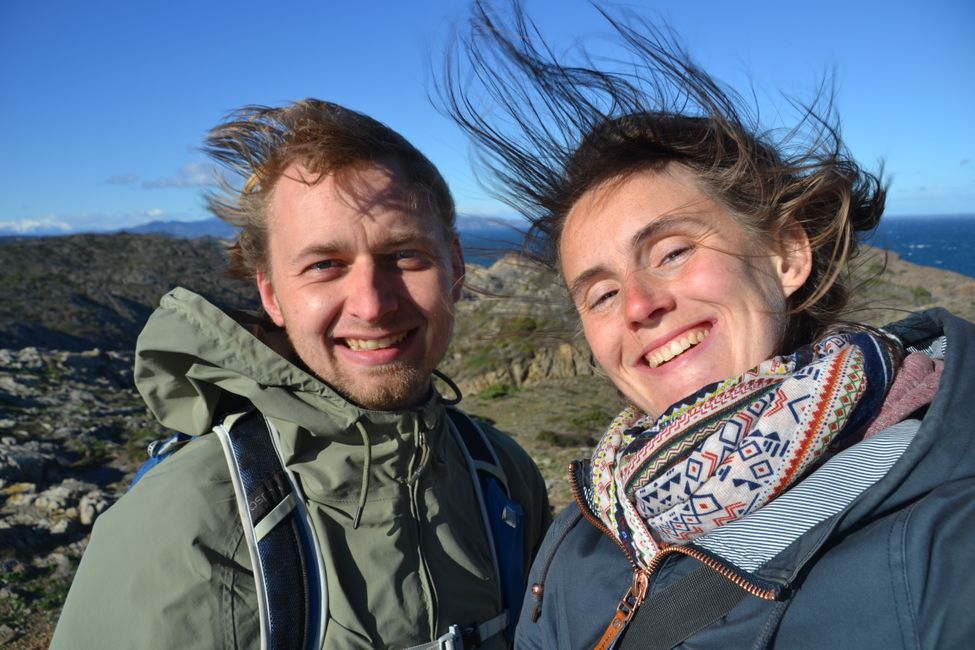#104 The Mountainous Middle Finger of Greece
Ippubblikat: 09.04.2022
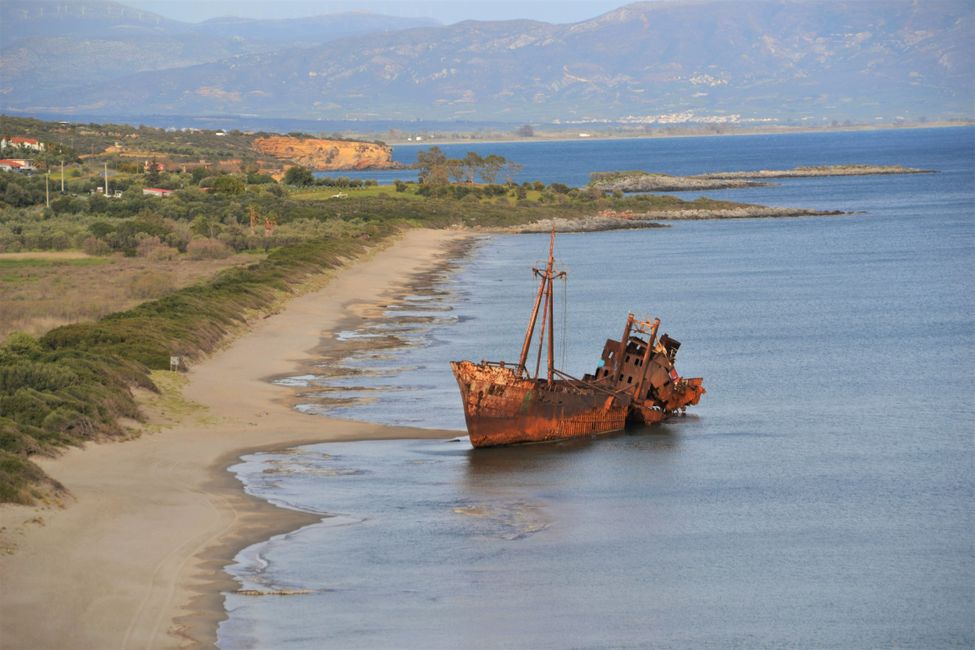
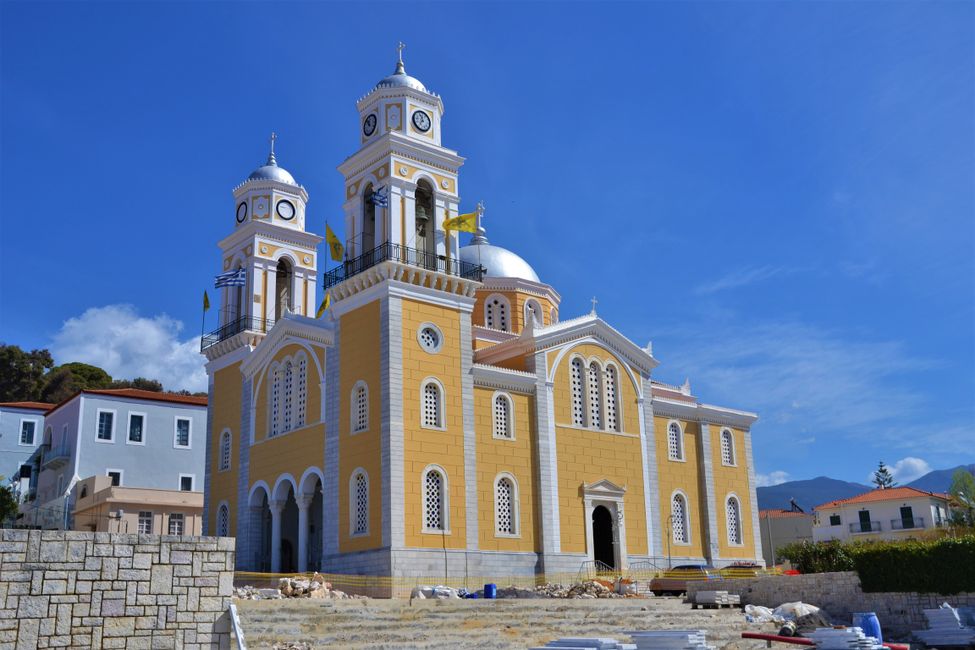
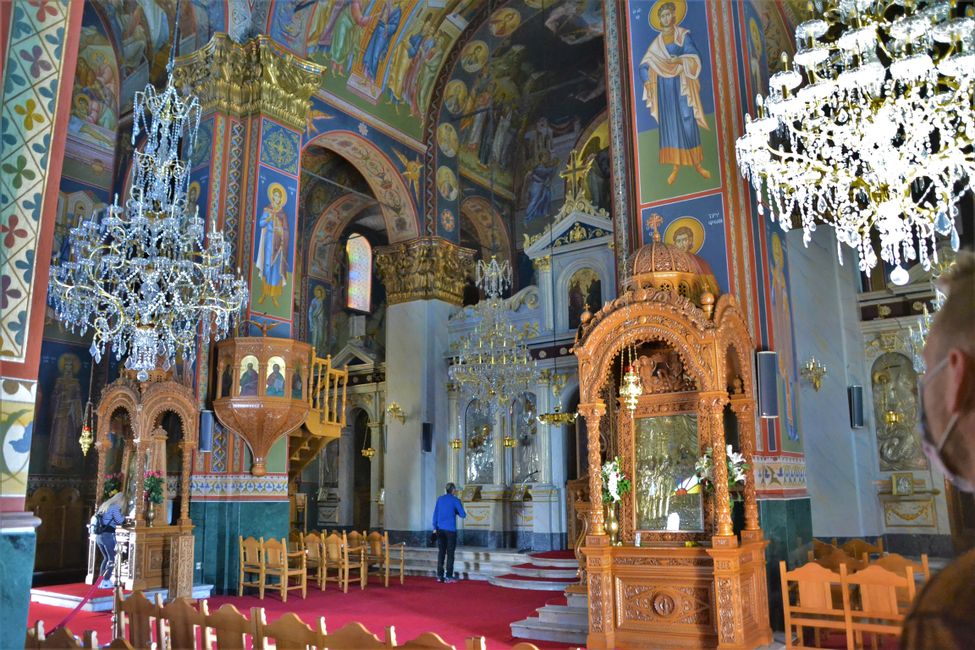
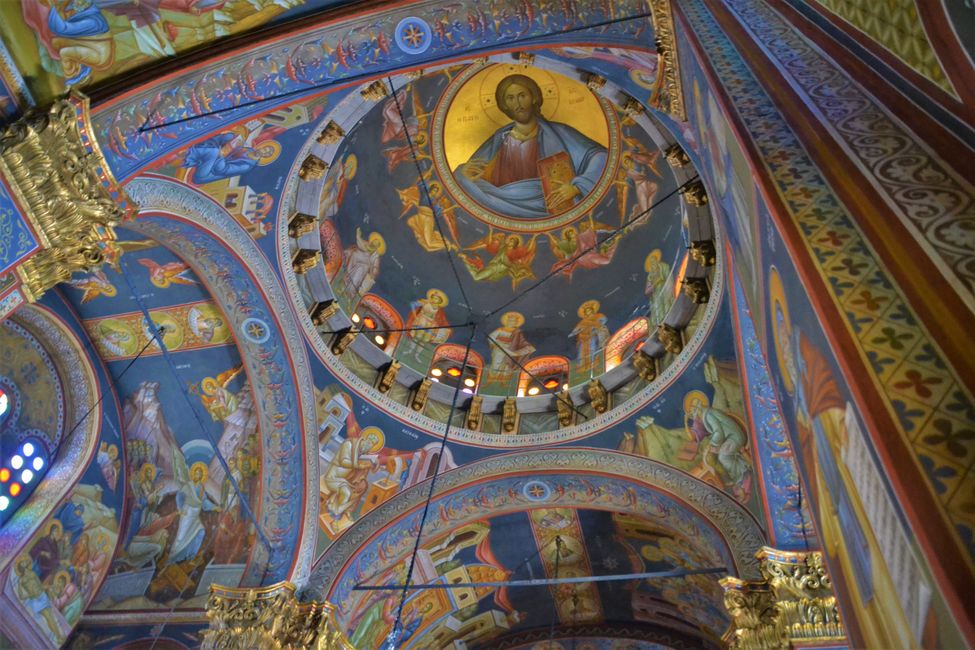
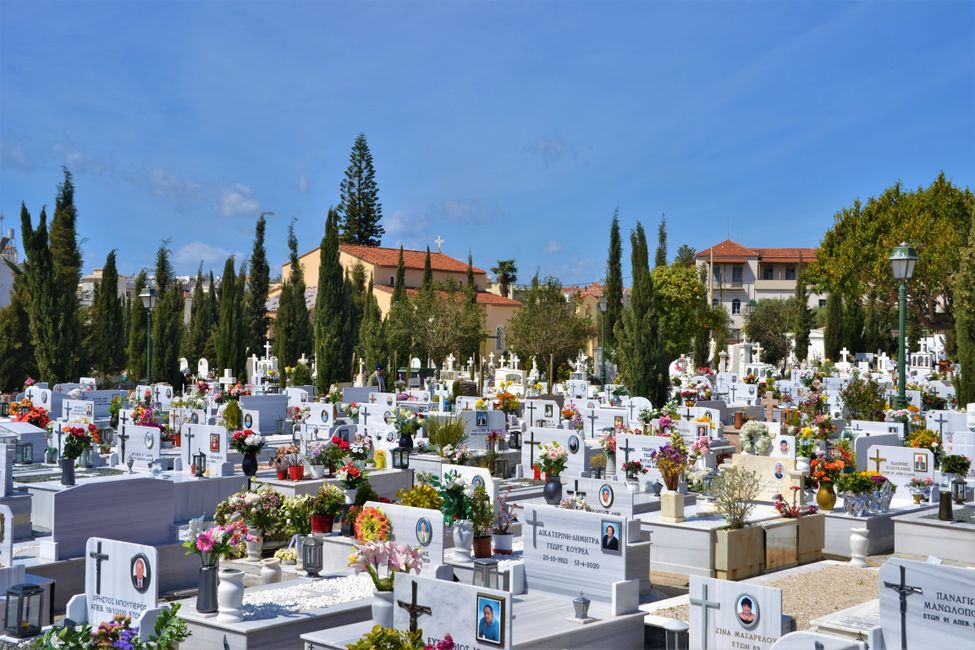
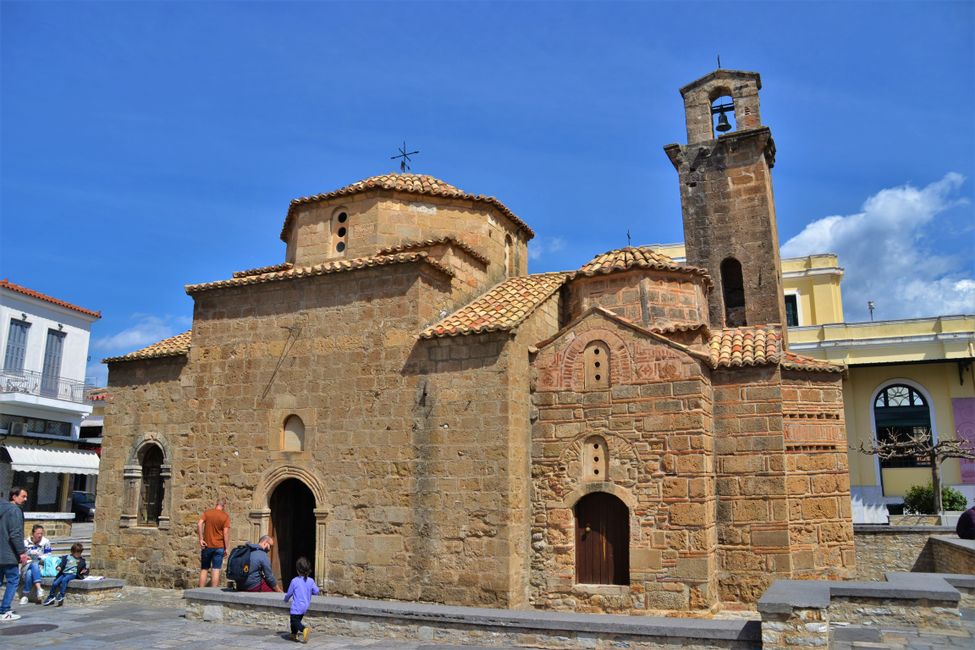
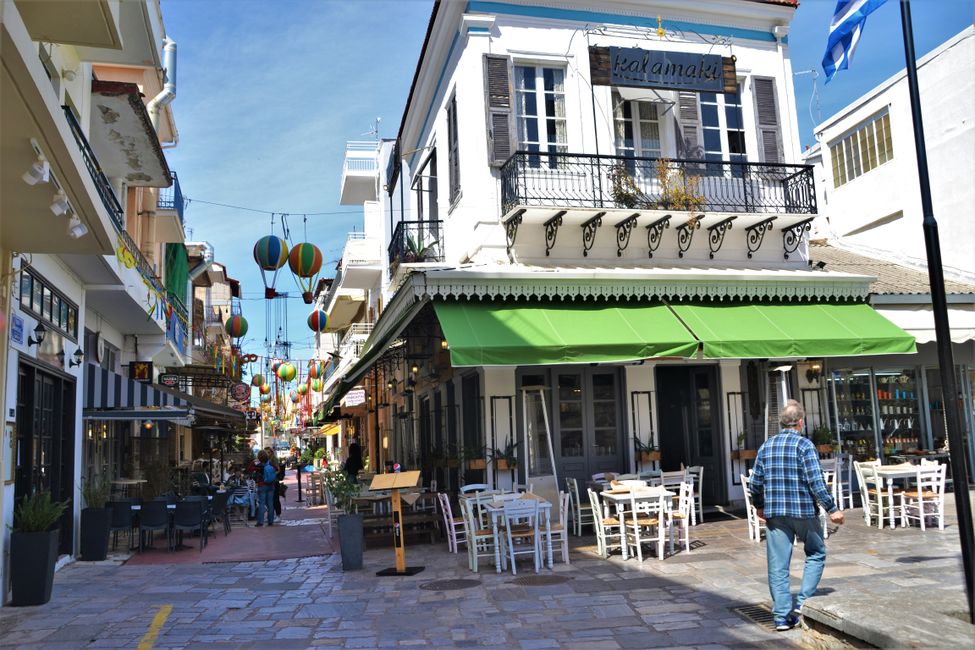
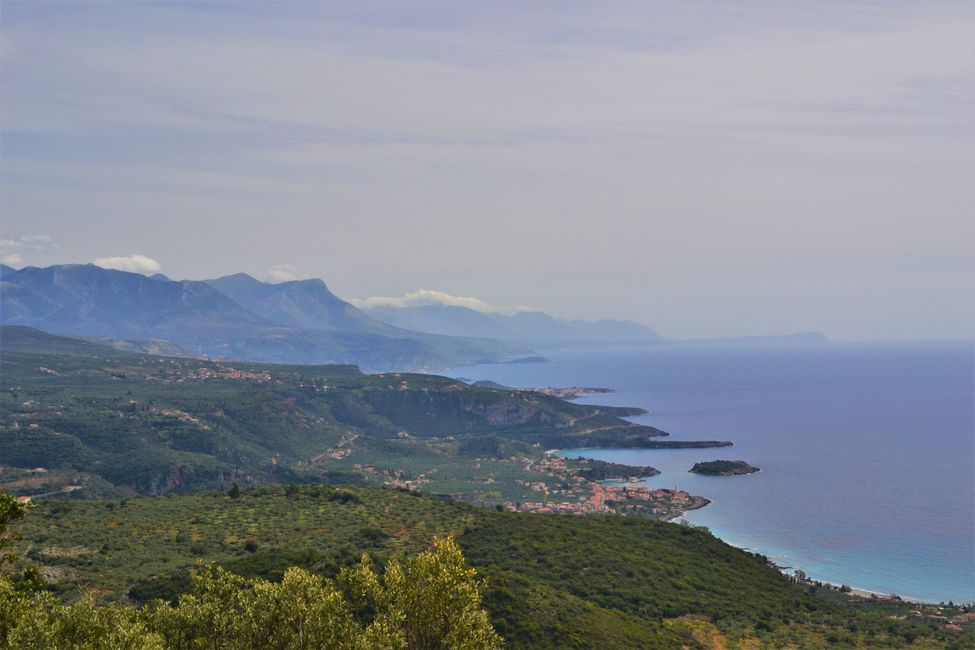
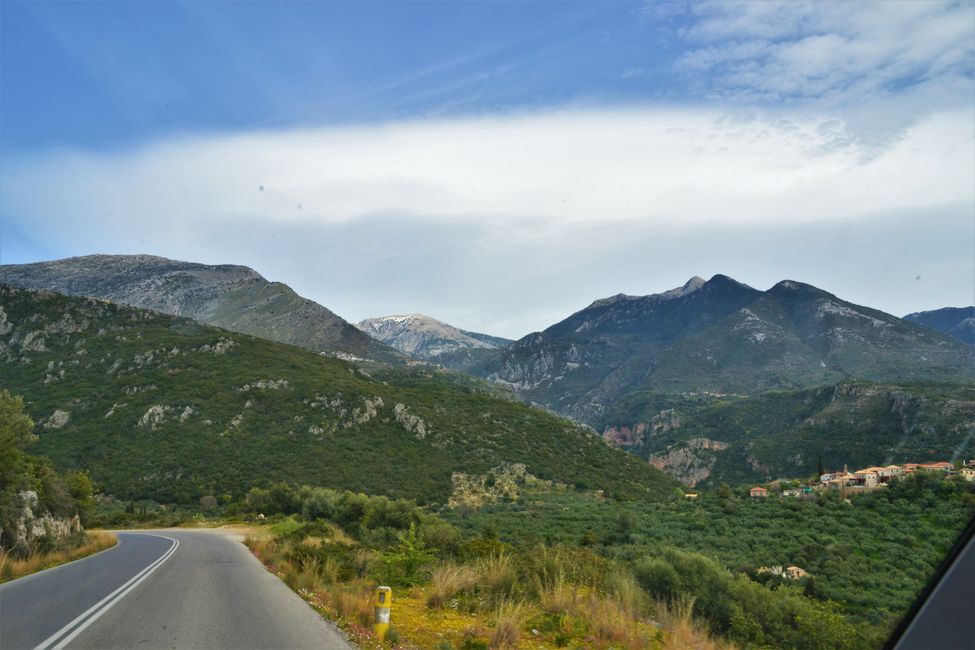
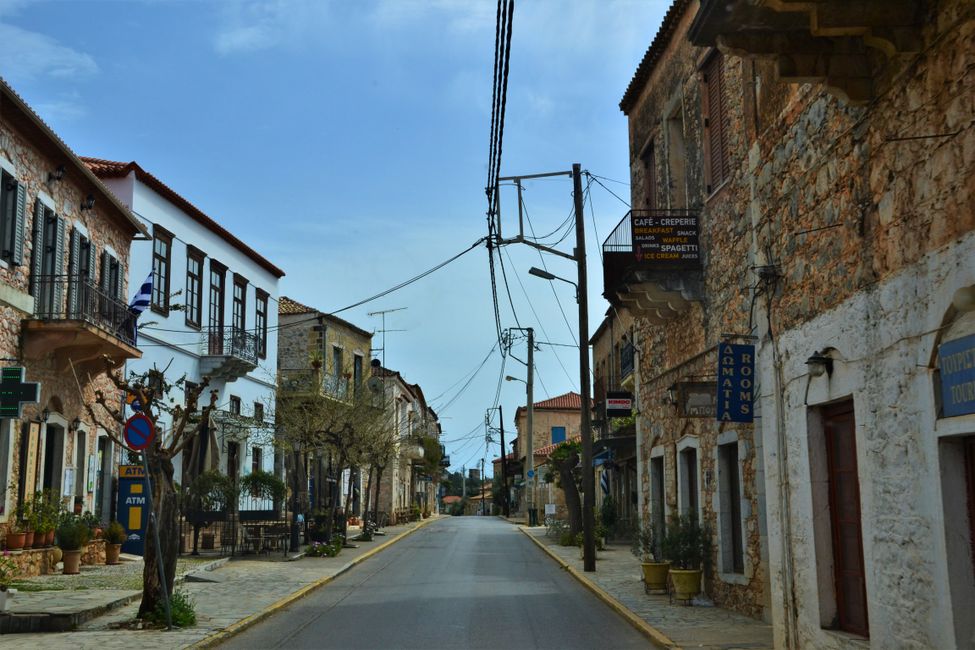
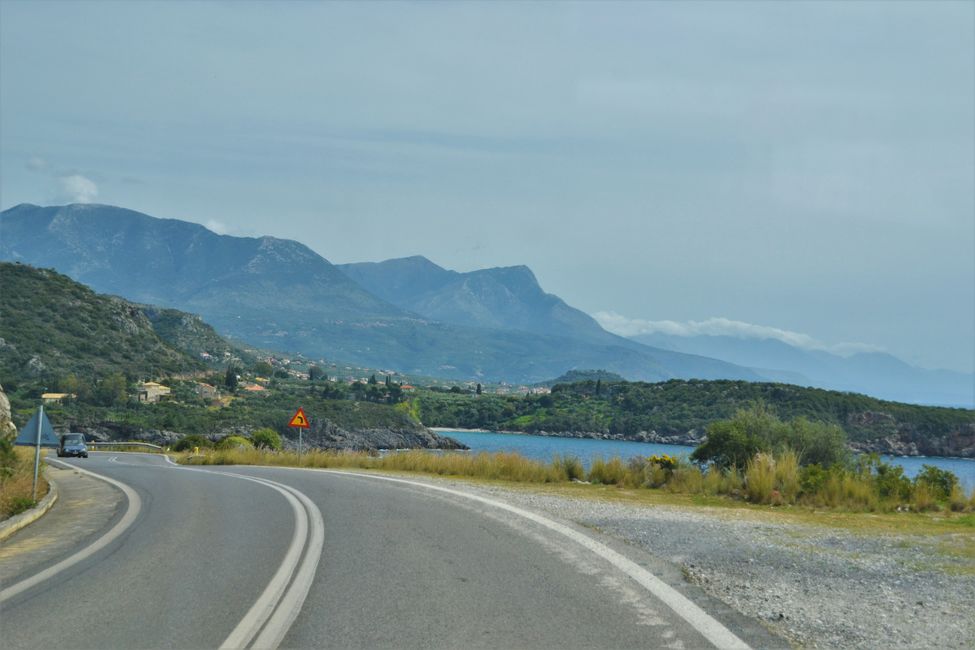
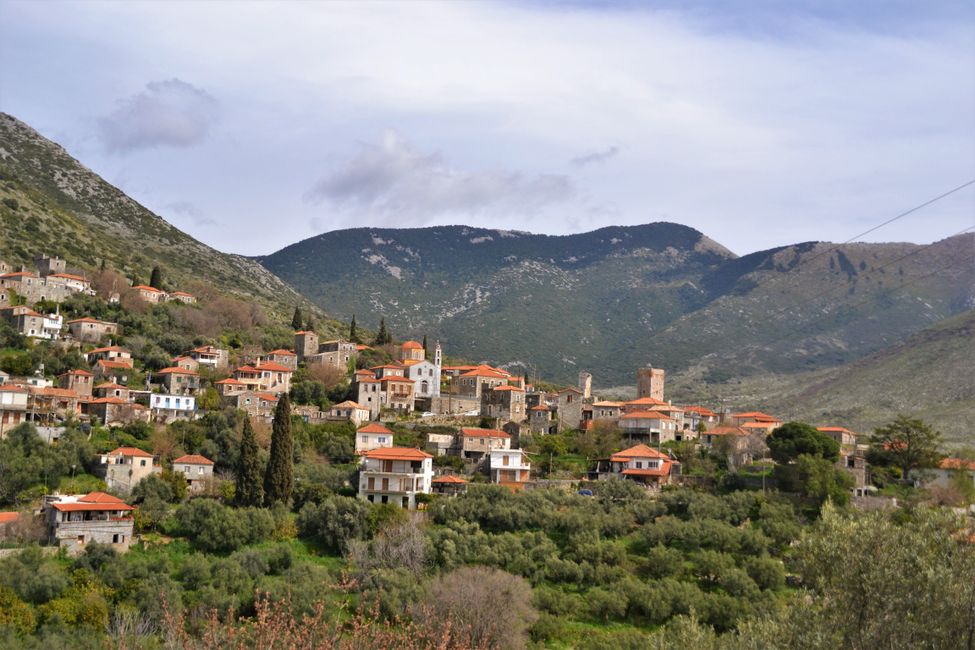

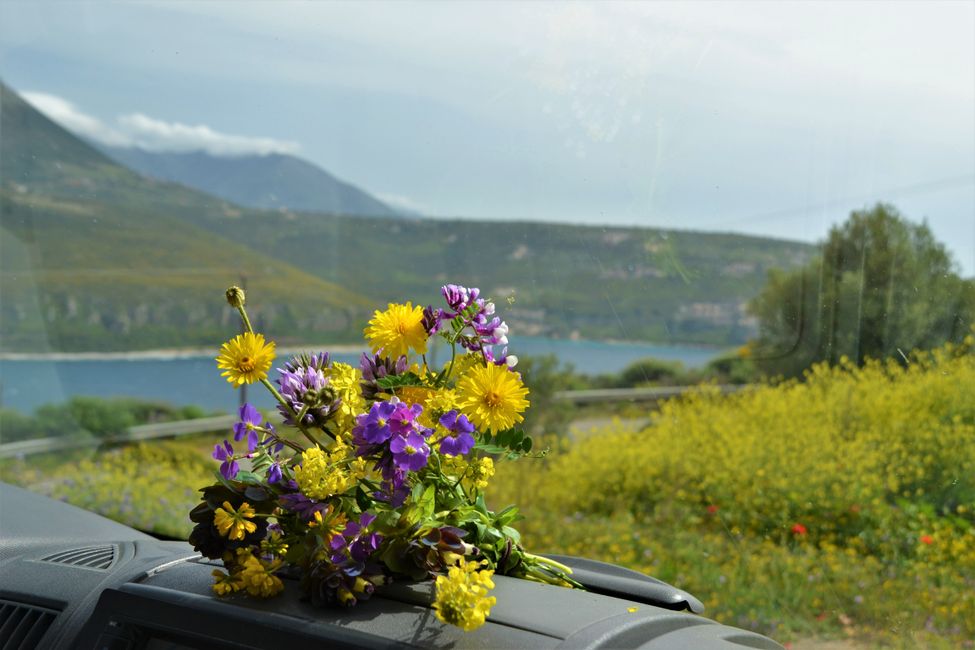
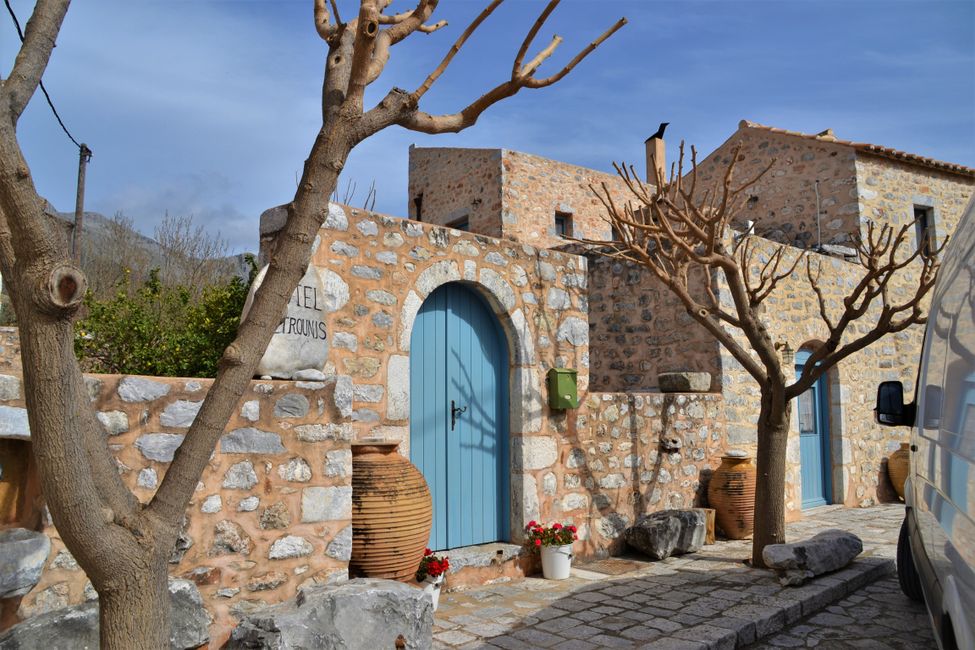
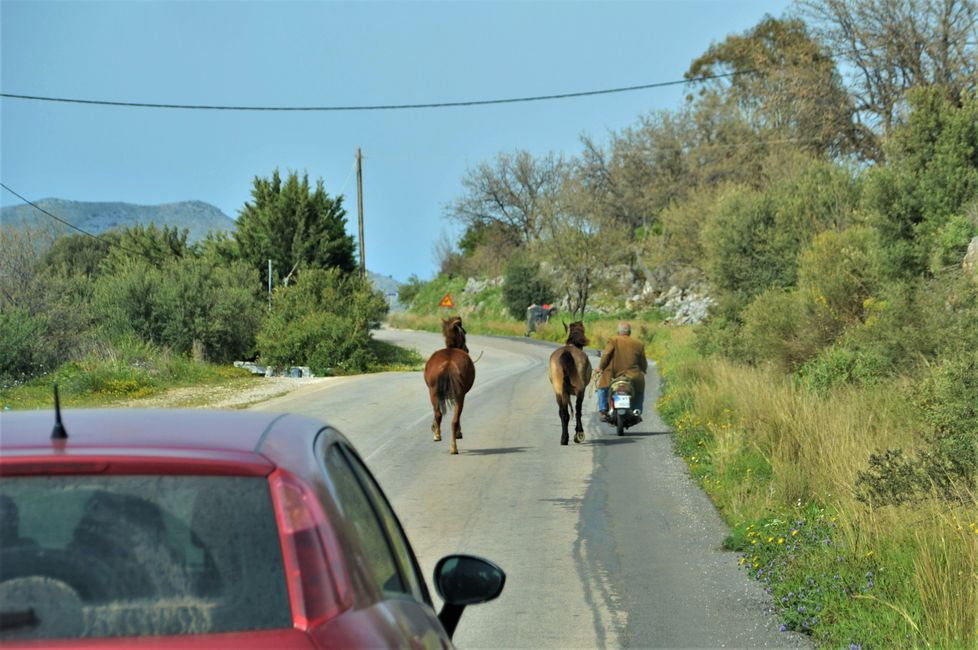
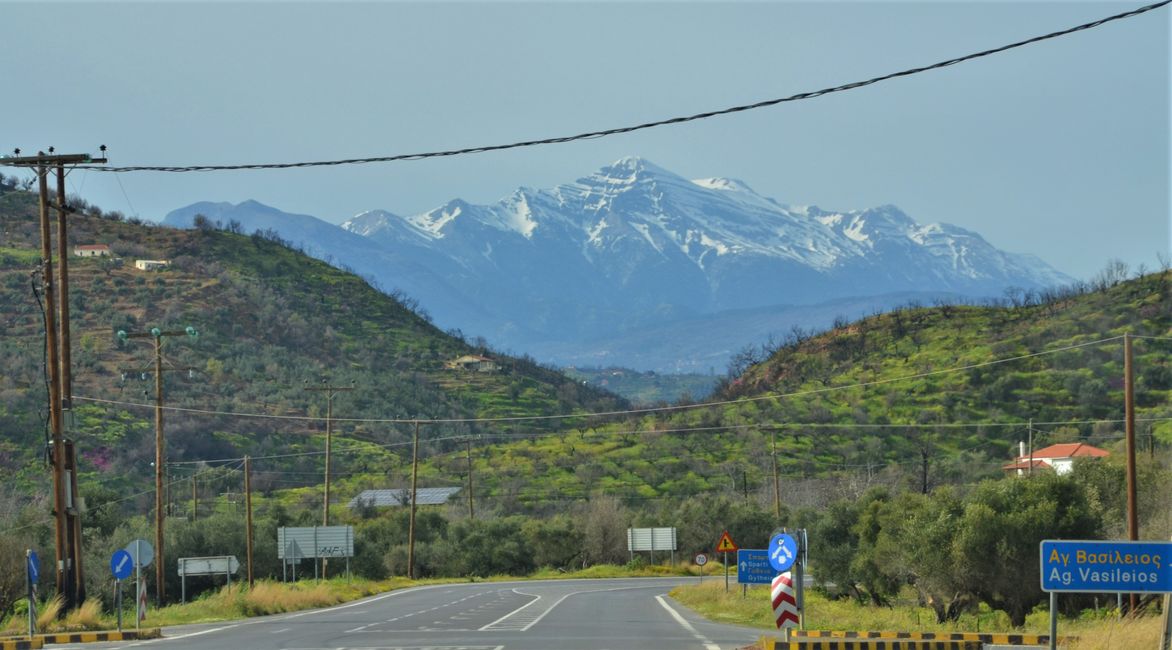
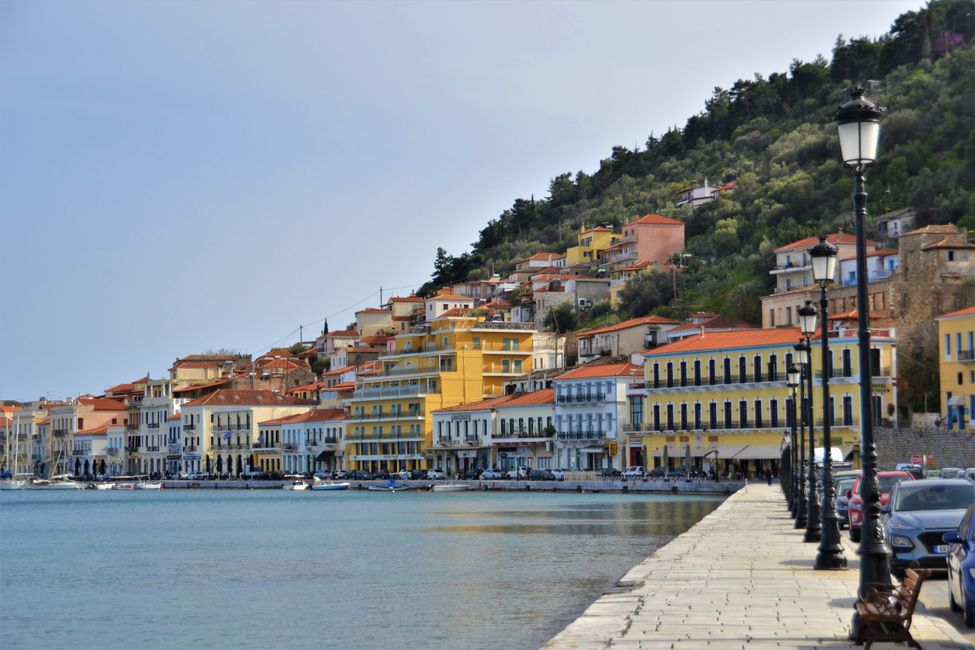
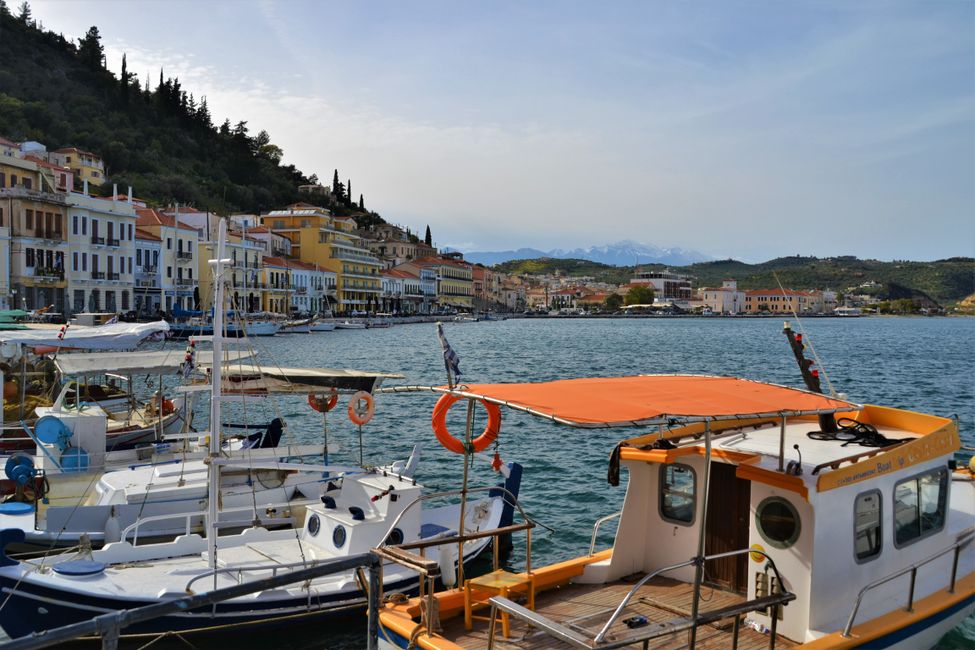
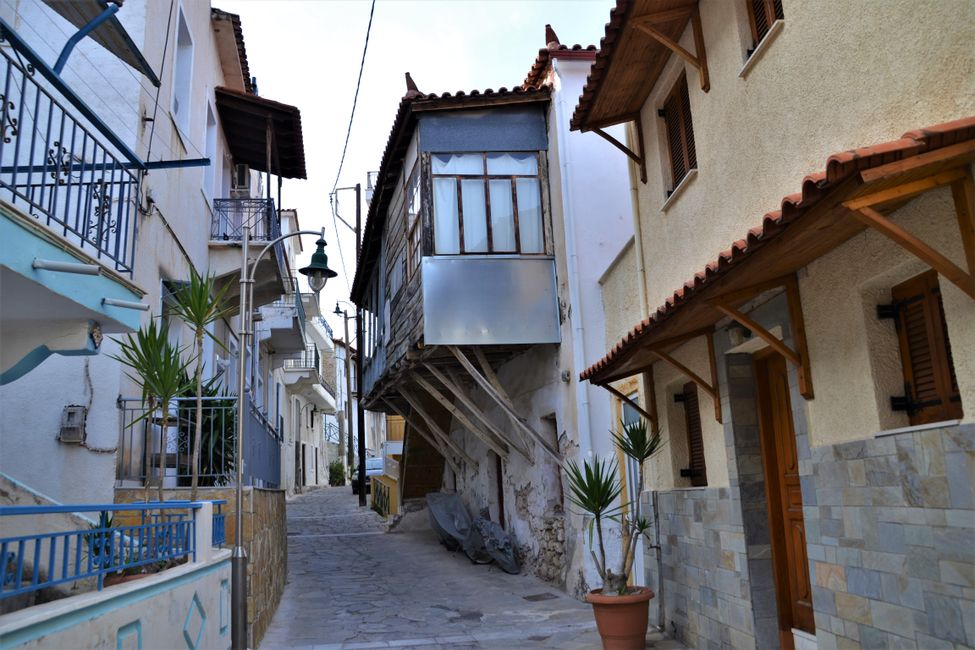
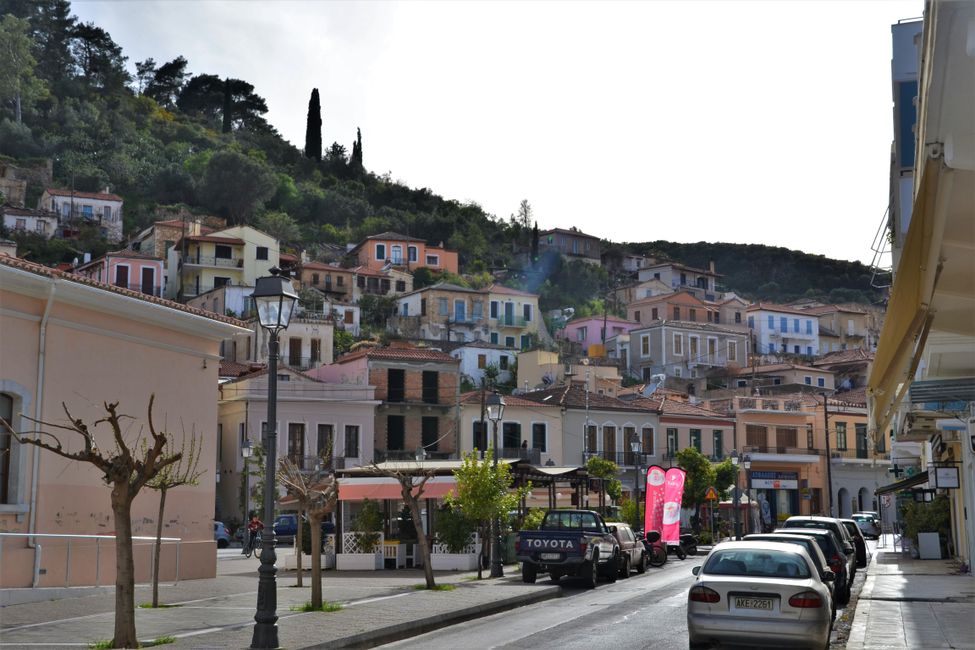
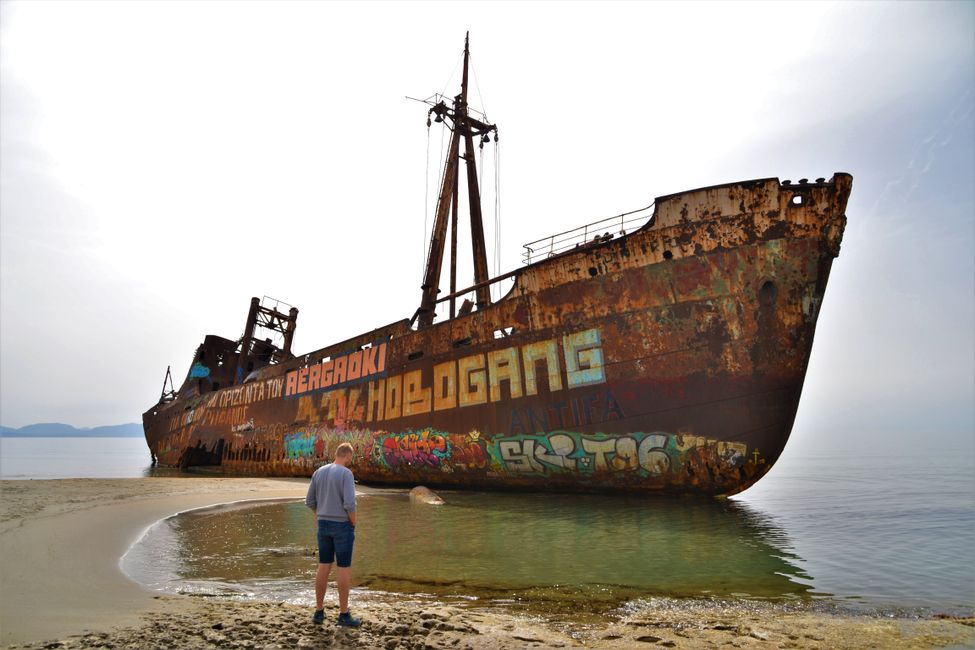
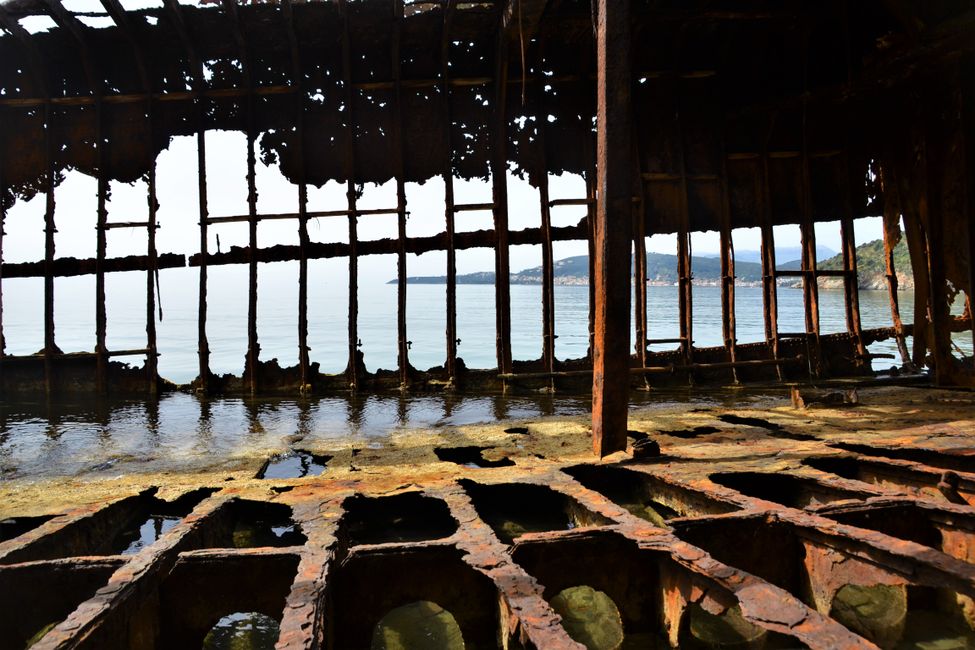
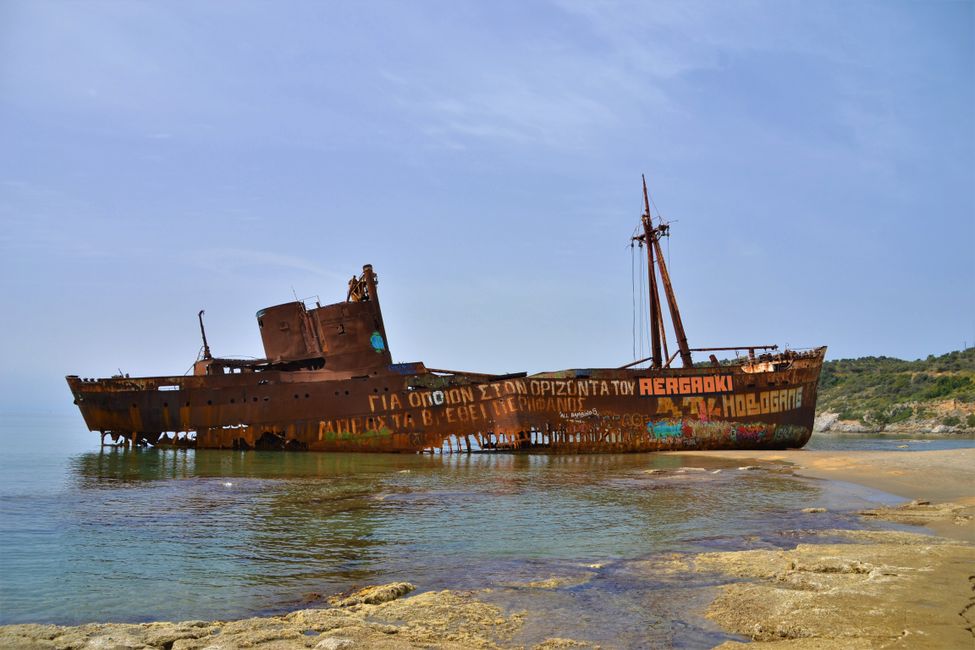
Abbona għan-Newsletter
April 03, 2022: Kalamata, Areopoli, Gythio
From the east coast, we made our way to Kalamata, the tourist center of the Peloponnese. There we discovered some Orthodox churches. They all have multiple domes and often no tower. On the outside, they were all monochromatic (beige, yellow, blue, ...), but on the inside, every surface on the walls and ceilings was painted in vibrant colors. A true work of art. Even the ceiling in the entrance area before entering the church was painted, mostly with a starry sky.

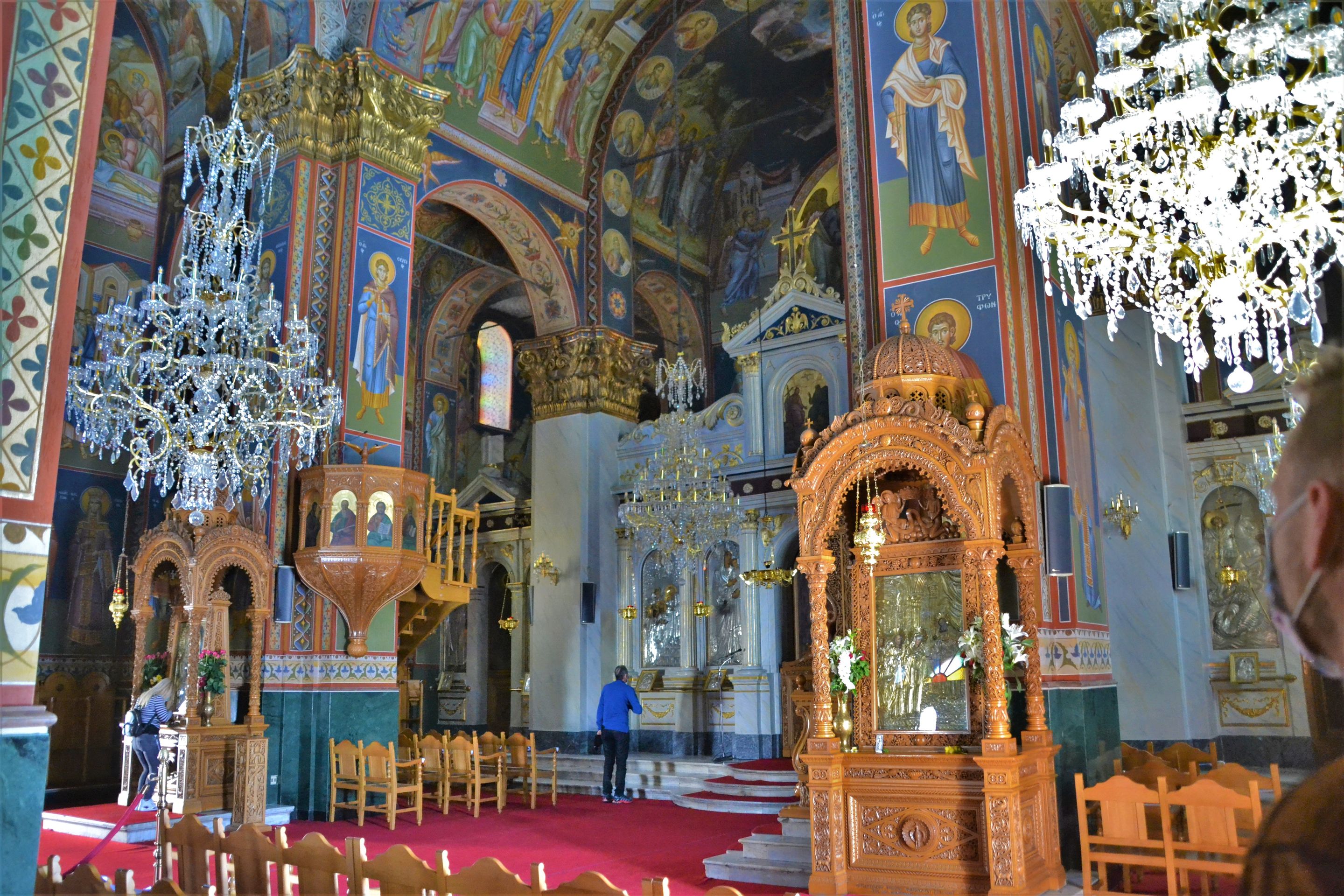

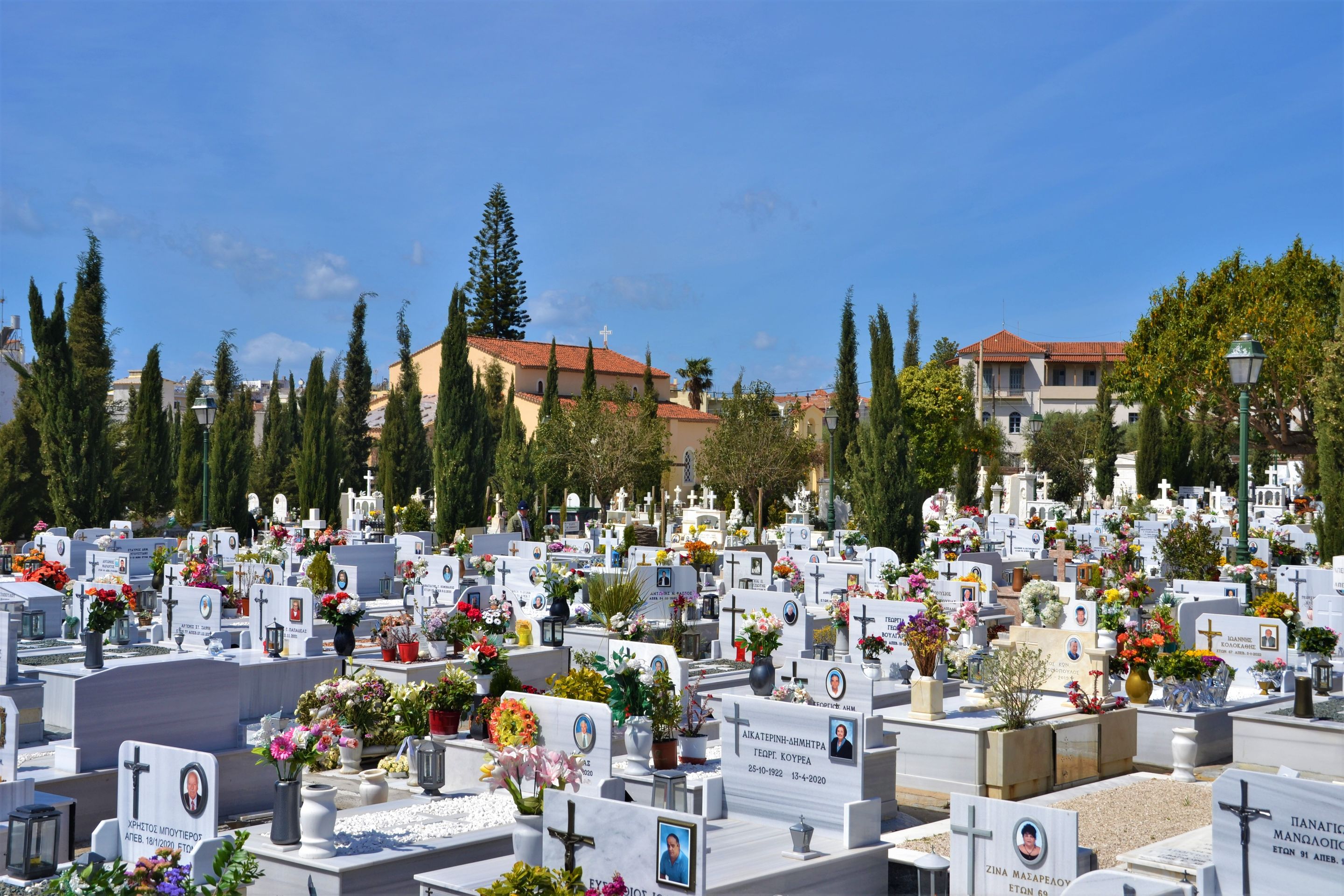
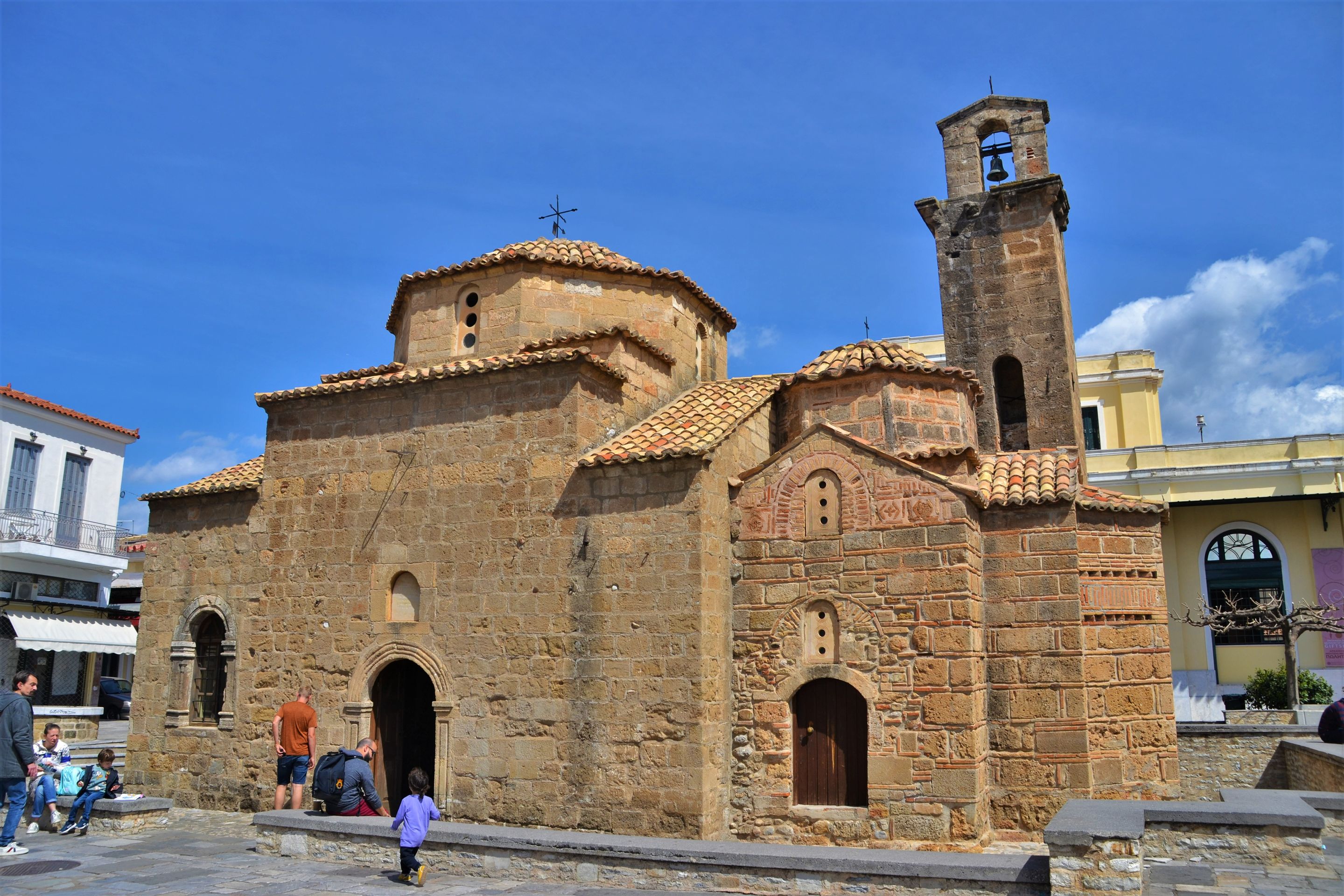
Outside the churches, there was a lot going on in the city. Mostly locals sat in the many cafes and restaurants. Apart from the churches, there was nothing architecturally impressive. Since we had already heard in Athens that the city was supposed to be quite "ugly" (let's see how we find Athens when we get there), we thought that Greece apparently has more impressive nature and less impressive cities. We now wanted to drive into this impressive nature. We drove to the Mani region on the middle finger of the Peloponnese.
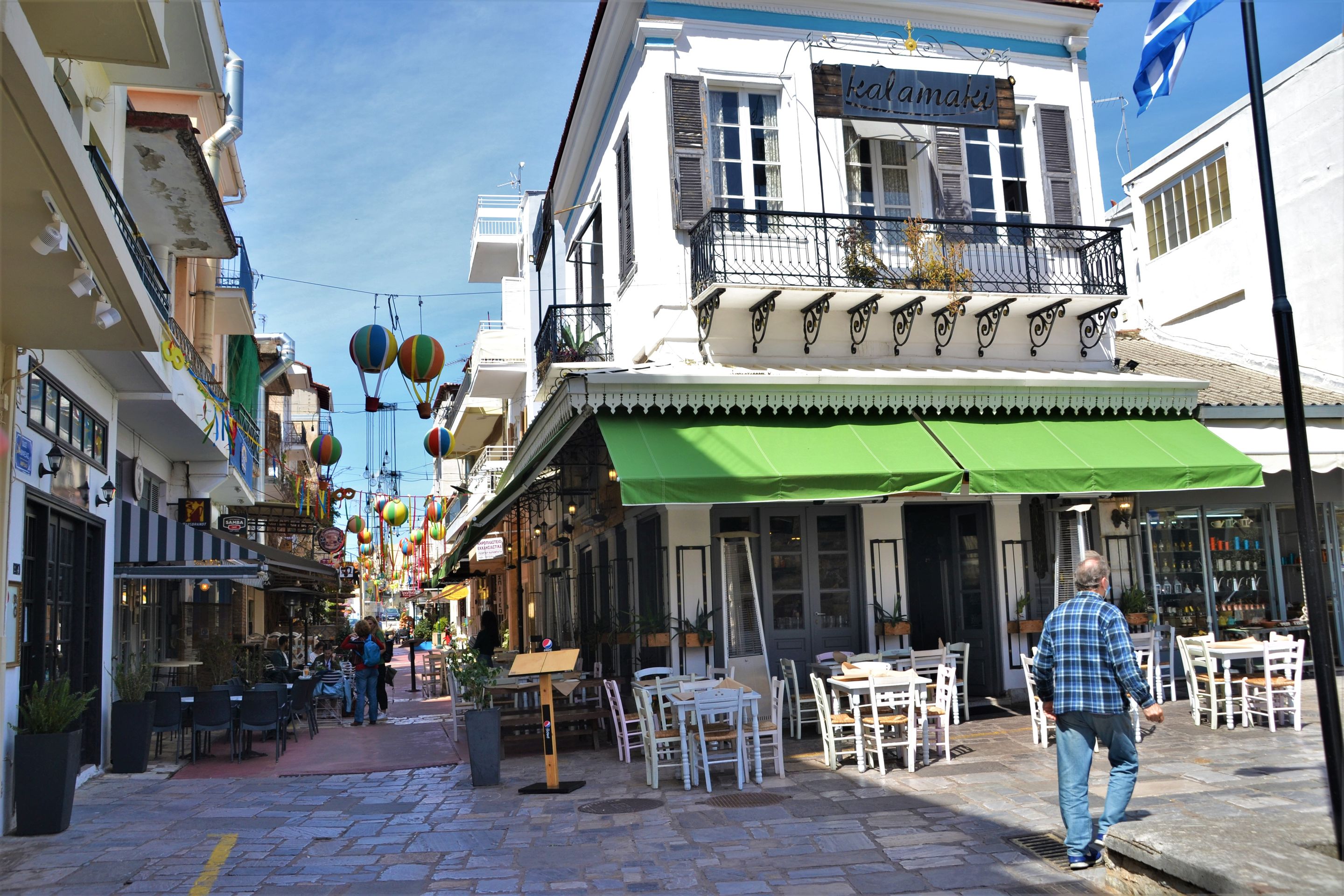
This region impressed us very much with its high mountains. The road snaked along the coast for 80km, through barren, rugged mountains and through sweet, small villages with many houses made of fieldstones. In the villages, the road often became so narrow that our car just squeezed through between the houses. Luckily, there was never any oncoming traffic here. We enjoyed the picturesque view of the sparkling sea, the high mountains, and the beautiful flower meadows that bloomed everywhere on the roadside.
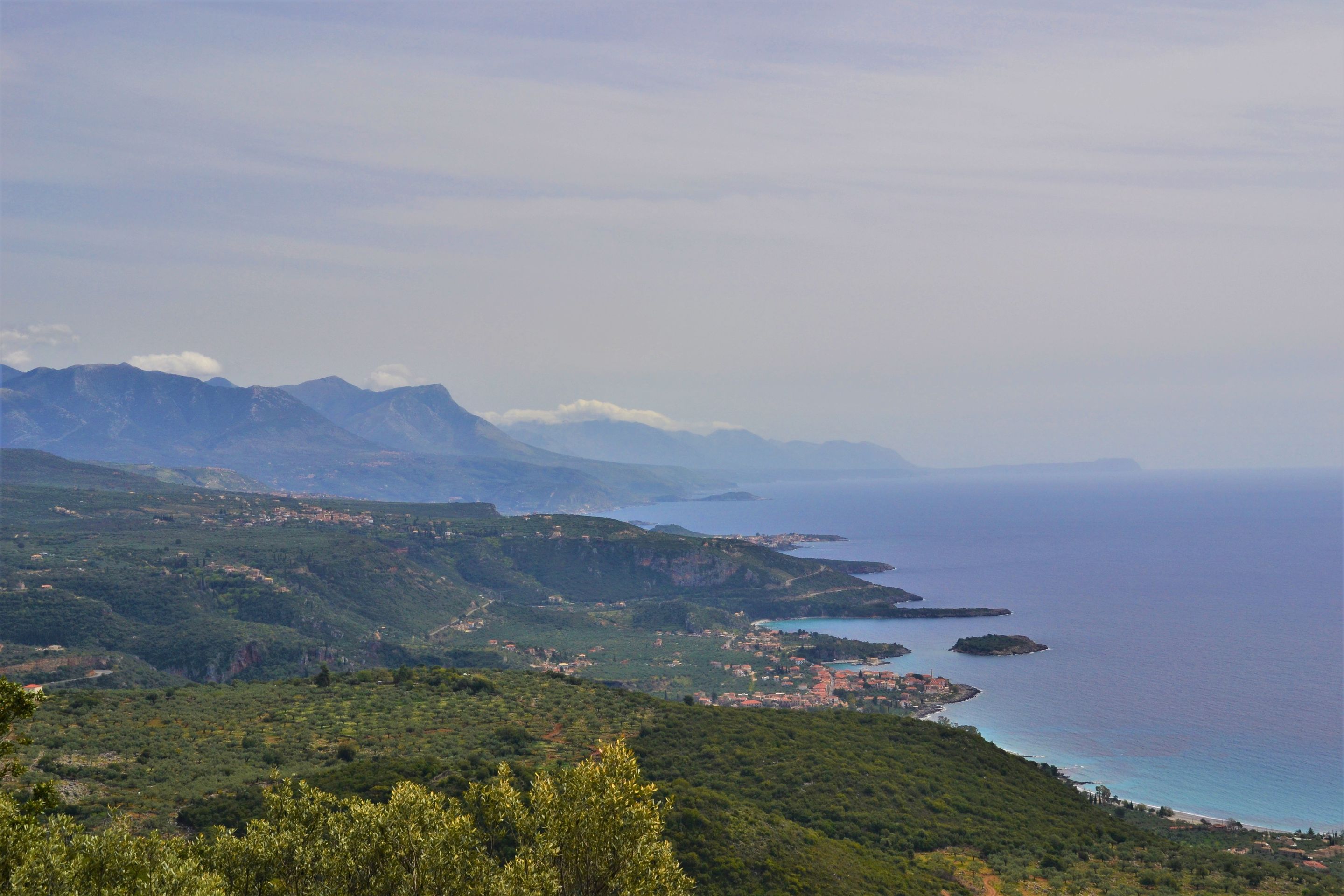
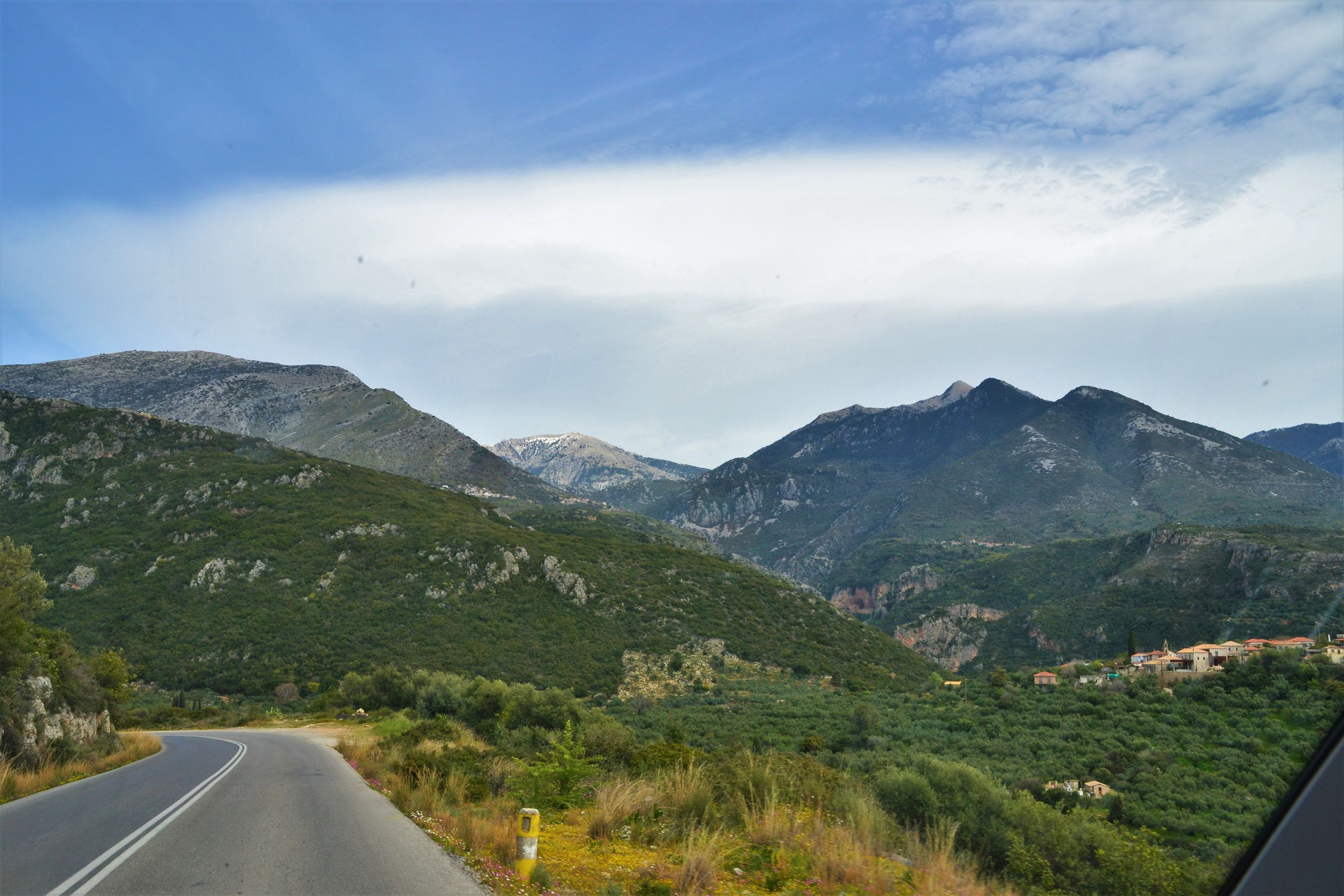

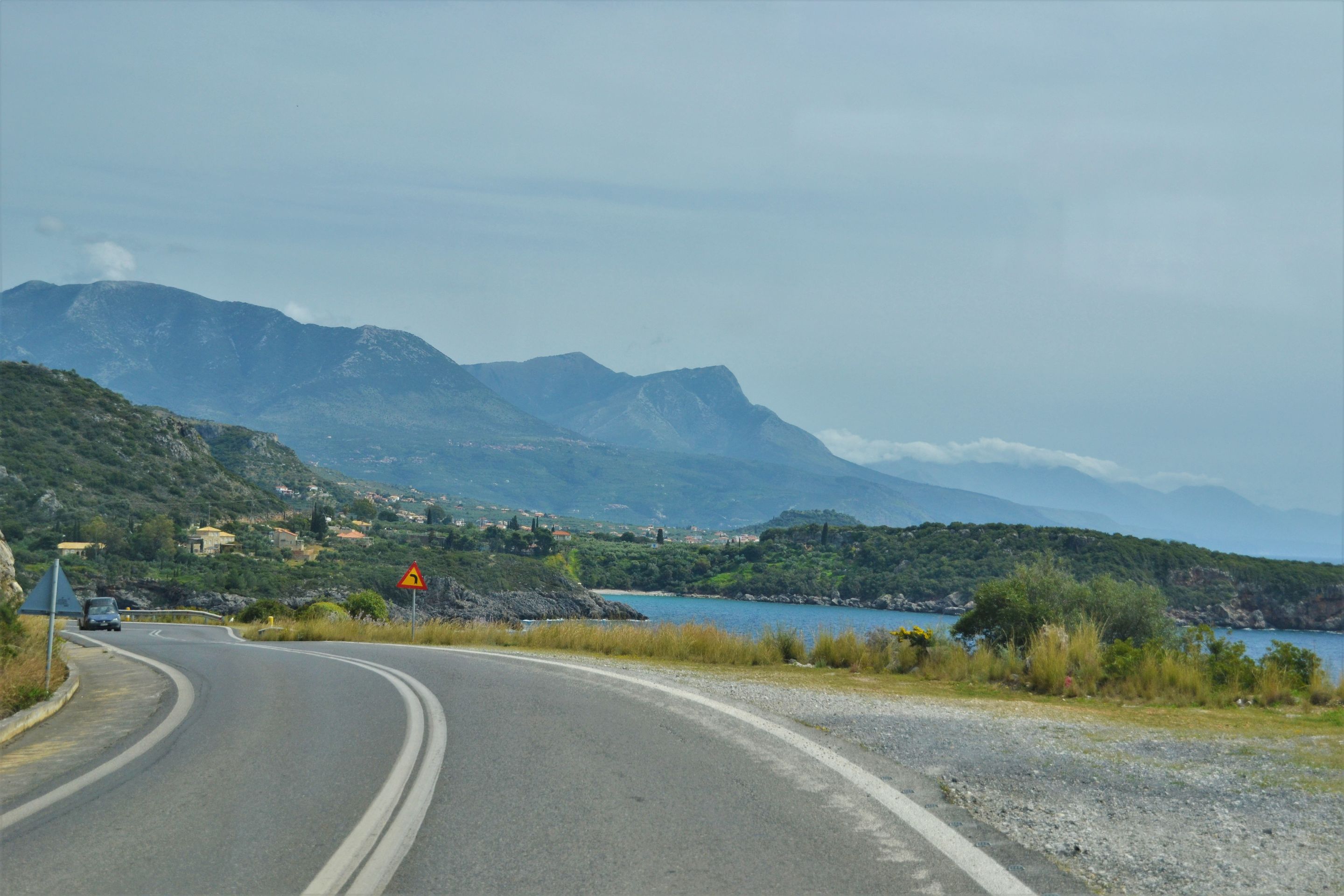
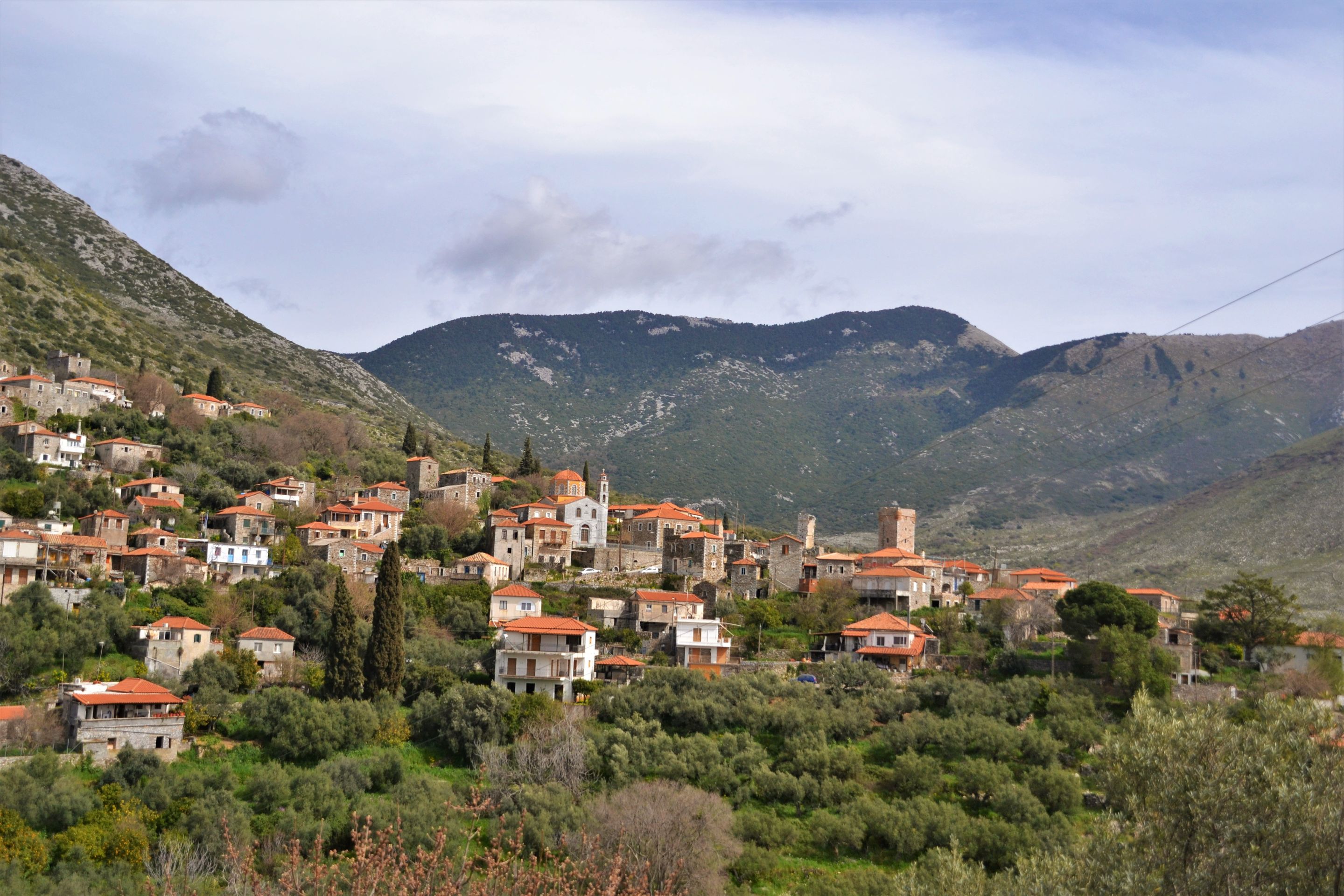

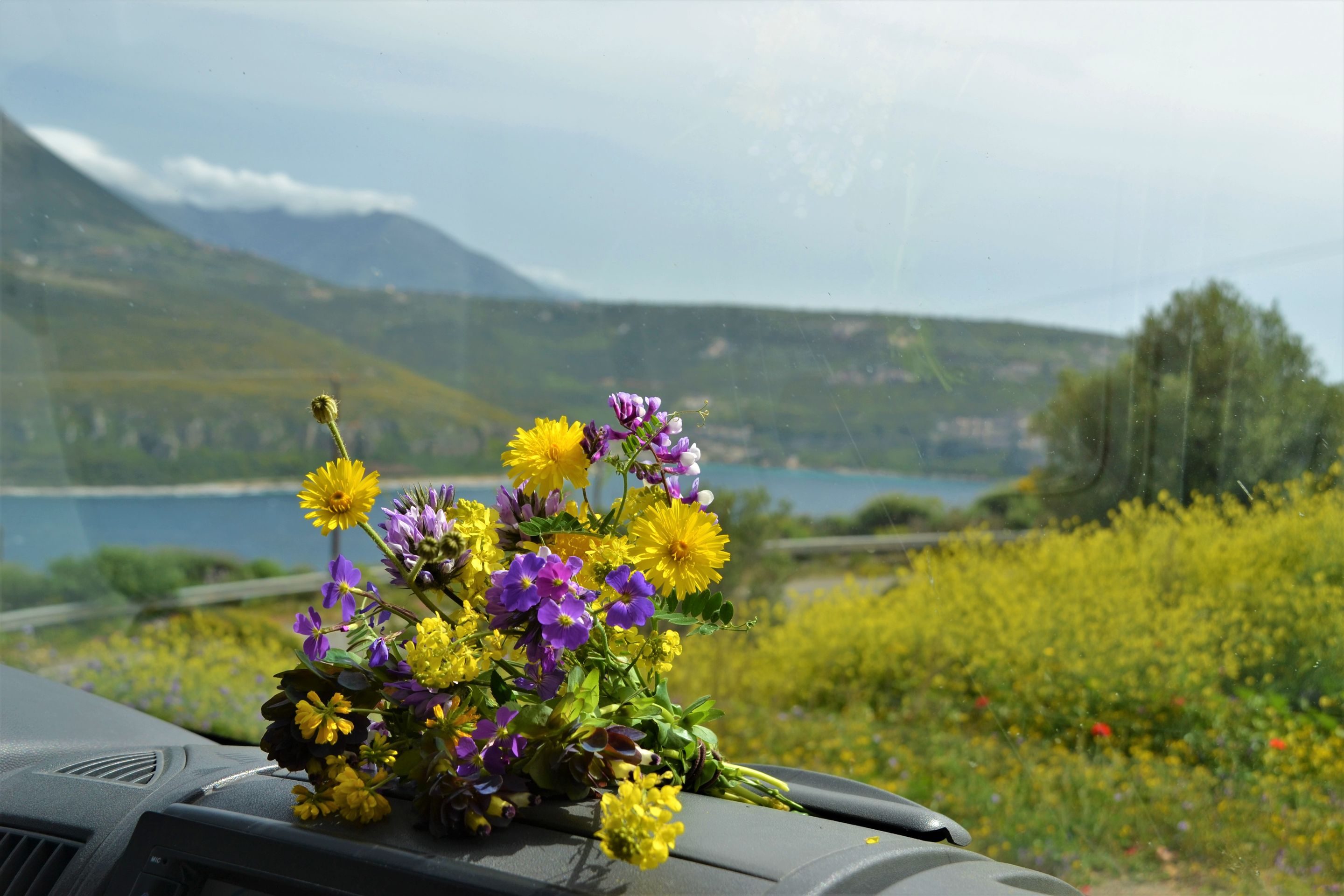



We decided not to drive to the top of the finger, to the southernmost point of Greece (on the mainland) and the second southernmost in Europe, but to cross the mountains of Mani to the other side to Gythio. Gythio is a small port town with some cafes and restaurants on the promenade overlooking the many fishing boats. As in Areopoli, a mountain village on the way that is slightly more touristy than the others and where we ascended, we noticed that especially the main street (in Gythio, the harbor street) looked quite nice and newly renovated. As soon as we went into one of the side or parallel streets, the houses looked much more in need of renovation. I found it interesting to walk along here and see how people live here. I liked both facets of these places.
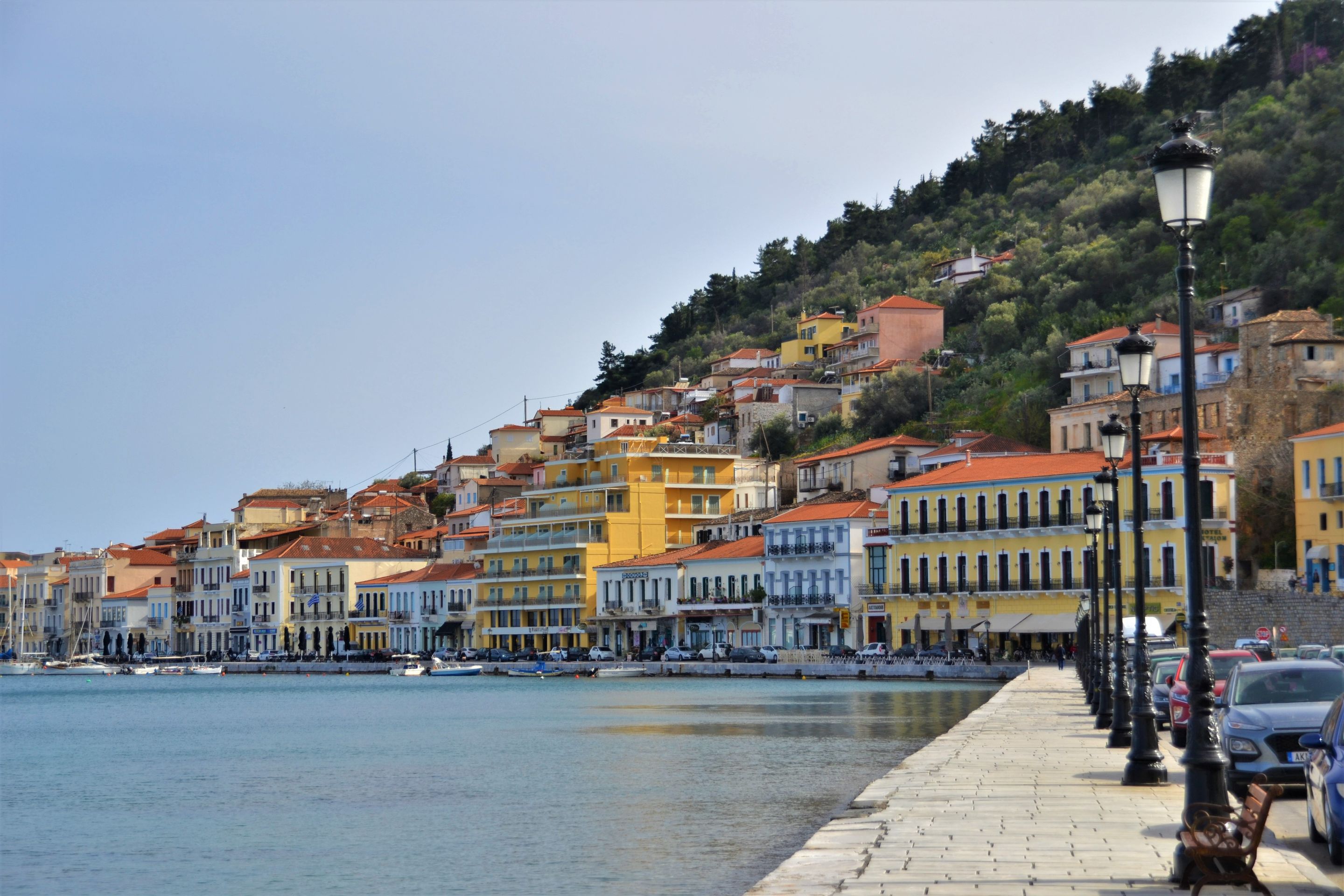
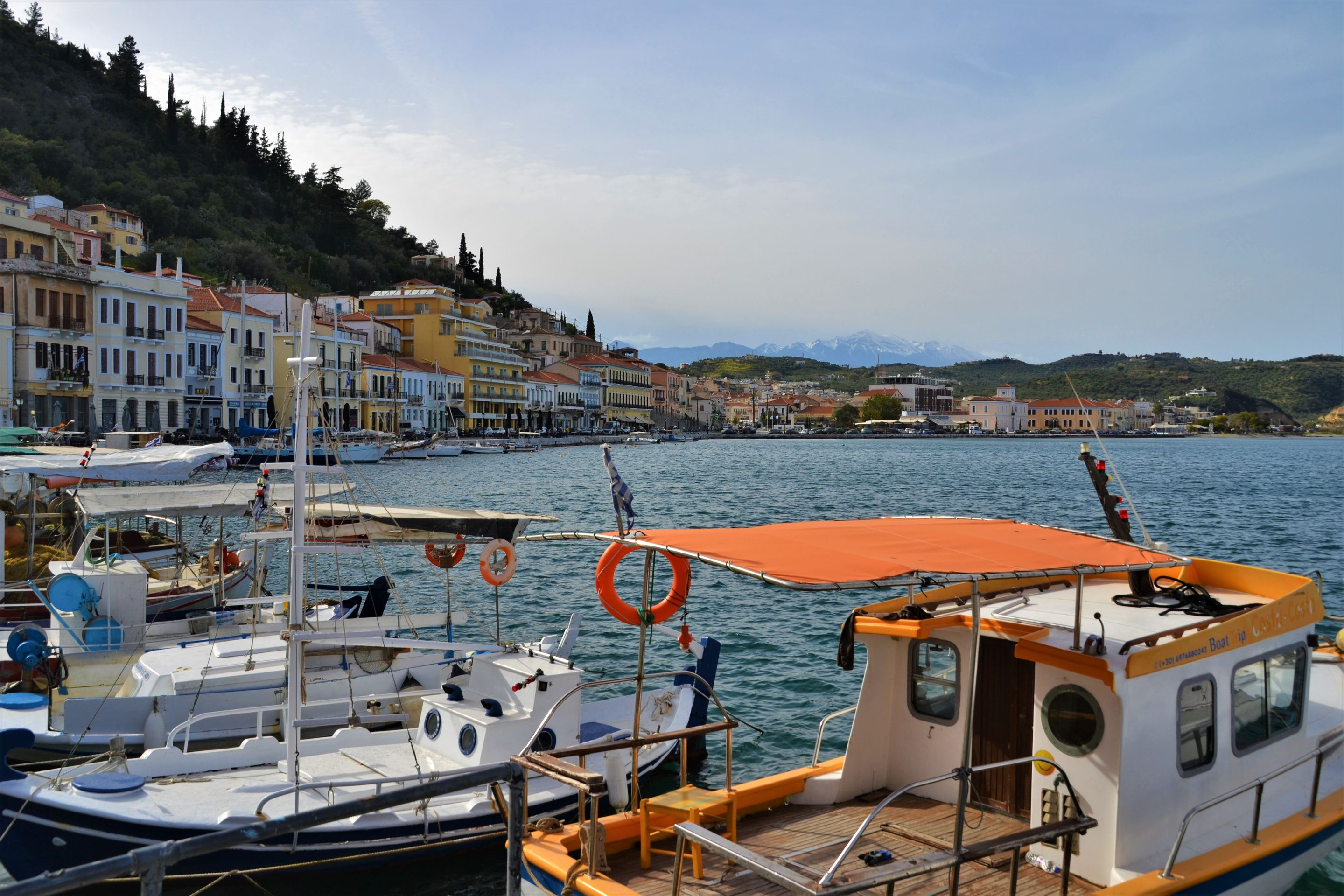


In Gythio, we were recommended a particularly affordable and good shop for Souvlaki, and since we had not yet tried Greek food, we had Souvlaki for dinner. Souvlakis are actually grilled meat skewers, but here the meat was served wrapped in pita bread with tzatziki, onions, and french fries. It reminded me a little of Döner, but tasted even better.
Near Gythio is the legendary shipwreck at Valtaki Beach. There are several shipwrecks on Greek beaches, but this is one of the most famous. We could already see the huge, rusty wreck on the beach from the road. But when you stand right in front of it, it looks even bigger. The back is already completely eaten away by rust, so the ship is somewhat tilted. On warmer days, many people must wait/climb through the larger holes into the half-flooded wreck or swim around the outside. I would have liked to explore the wreck a bit more, but the water was still a bit cold and the whole ship creaked and groaned quite a bit. Exploring it is certainly not entirely safe.
Not only the shipwreck, but also the beautiful beach and the grassy, cozy parking lot impressed us very much.


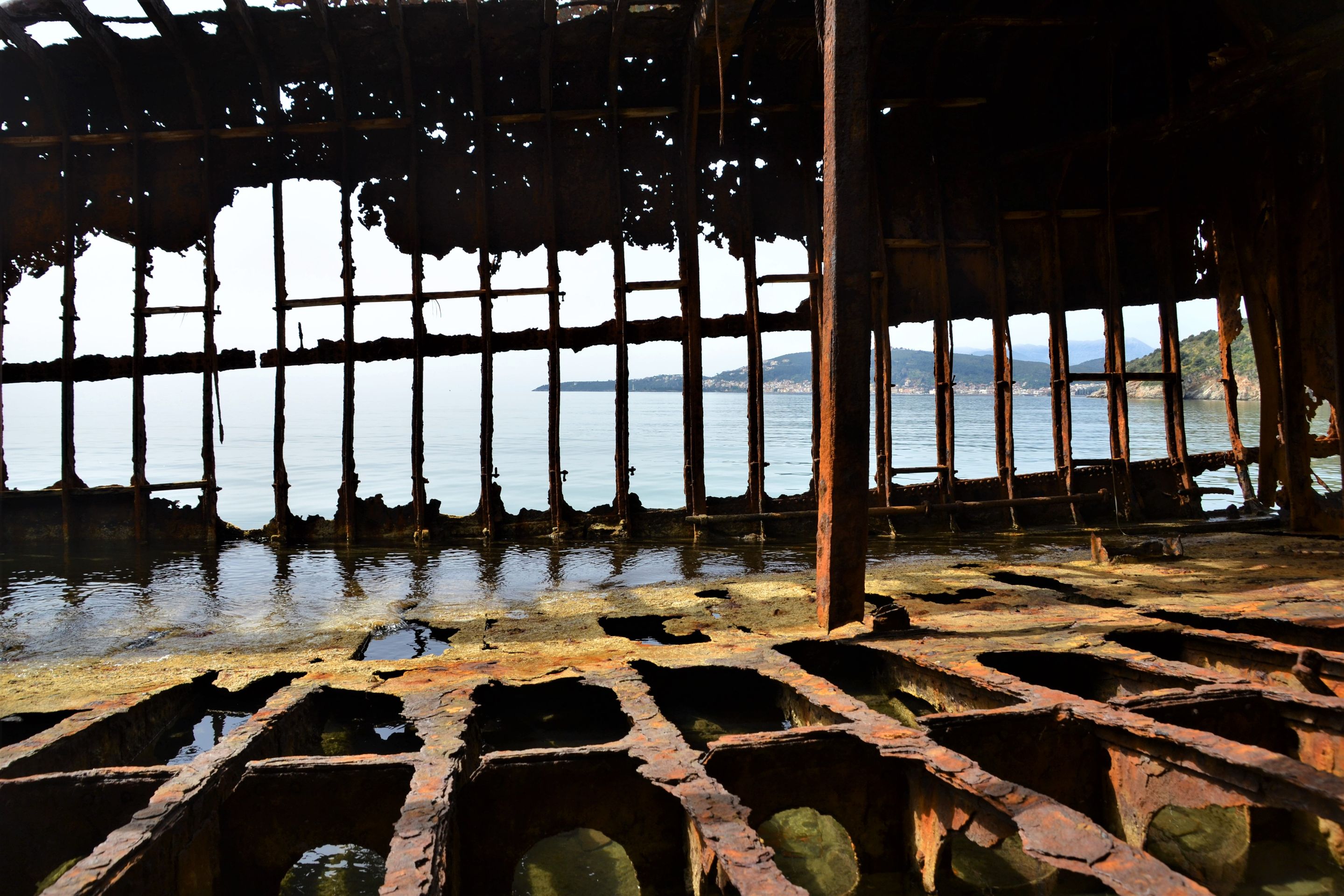
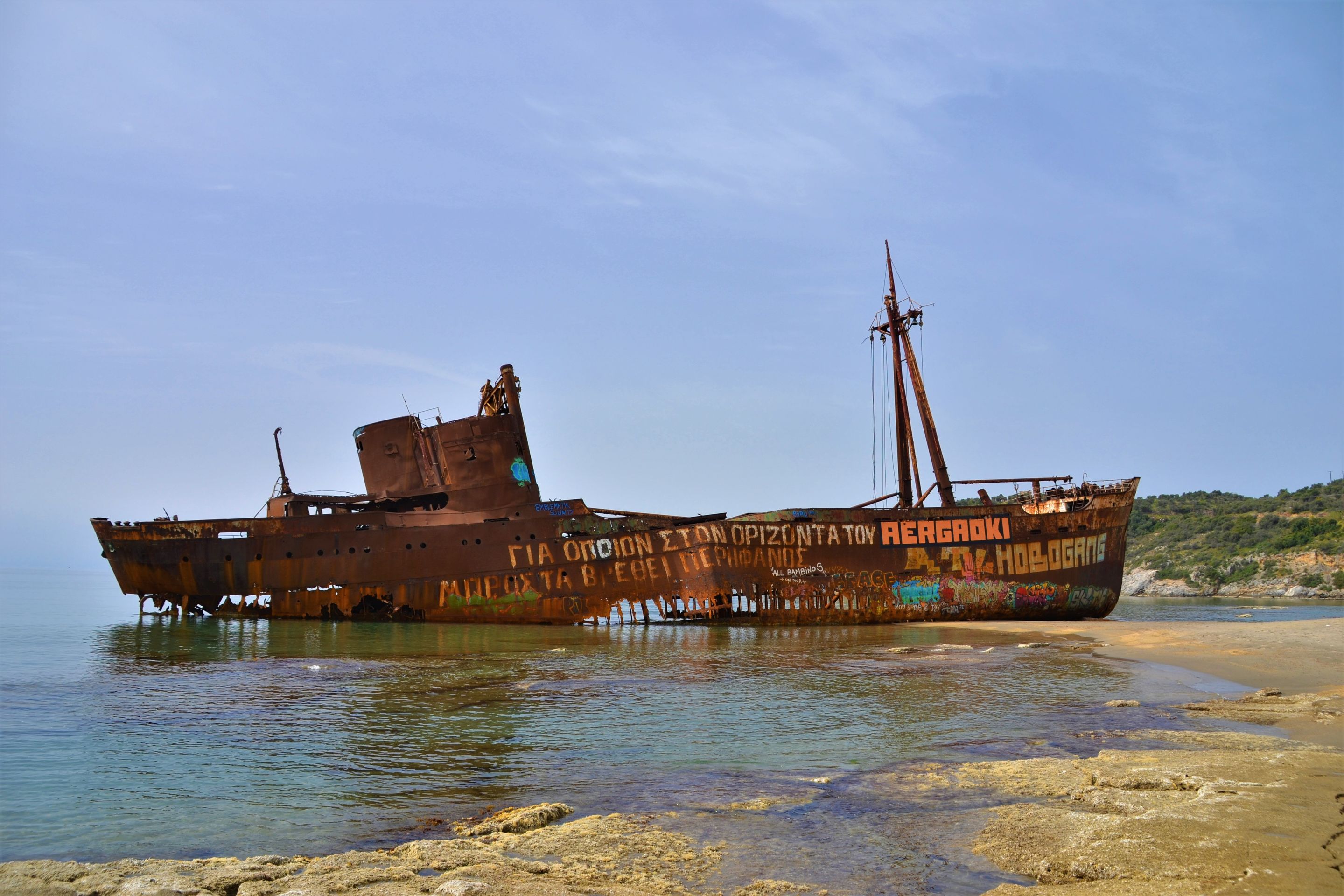
Day 170 - Total tour 13,106 km
---- Subscribe ----
If you want to subscribe to our blog, you can either sign up with Vakantio and click on subscribe, or send us a message and we will add you to our own distribution list. We also appreciate feedback!
Email: querfeld2@gmail.com
Abbona għan-Newsletter
Tweġiba
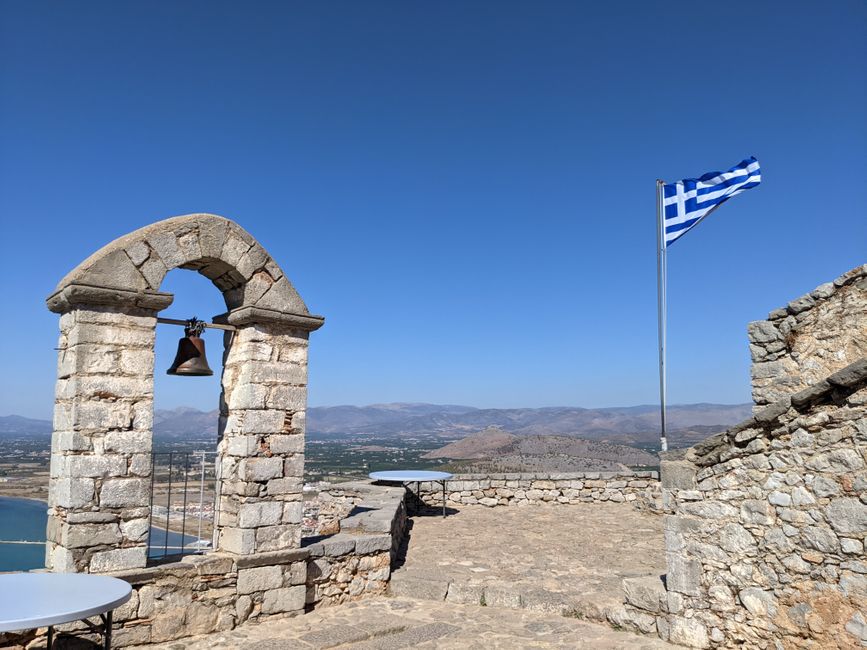
Rapporti tal-ivvjaġġar Il-Greċja
